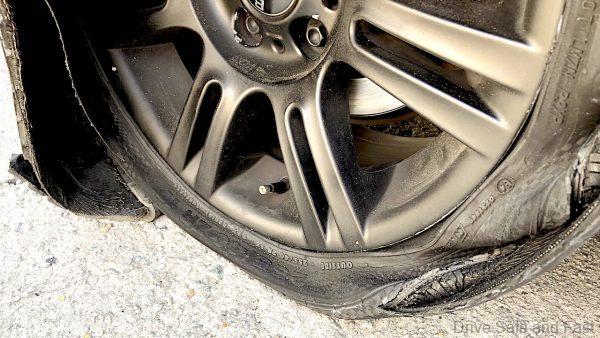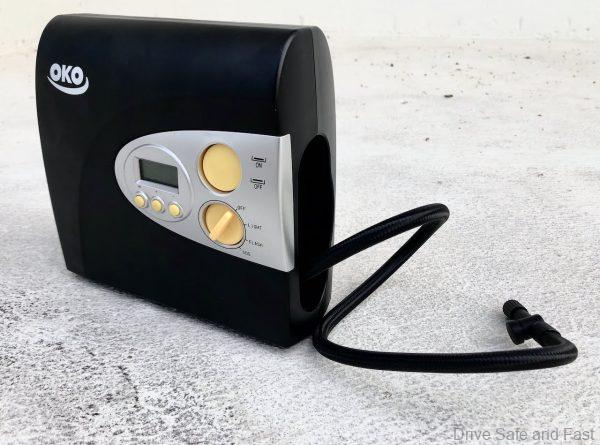With not the best maintained roads, are run-flat tires do their job well?
Which would you rather have? This has been a question some new car owners have been sitting on the fence with. BMW adopted the run-flat tyre very early and promoted its use extensively and then as the years passed Mercedes-Benz started adopting run-flat tyres across its range of passenger cars.
Today, run-flat tyres (RFT) are original equipment with all BMW and Mercedes-Benz passenger cars whilst most of the Japanese and Korean brands shy away from this technology. Other European brands are sitting on the fence and have not quite jumped into the group and instead a lot of them are using tyre repair kits.
Run flat tires are tires on which you can continue driving after a puncture (depending on the severity of the puncture) so you can drive safely home or get to your tire shop to change your tire.
You can’t drive on a punctured RFT for long or for a distance. Check the manufacturer’s specifications to find out how fast and how far you can drive on your run flat tires. Most run-flat tires will allow continued driving even after a loss of some or all inflation pressure for up to 100km at a maximum speed up to 100km/h.

The Good
You can drive on a punctured tire: The primary benefit of a self-supporting tire (RFT) is that it allows you to keep driving on a puncture about 100 plus kilometers after all the air has gone. You don’t have to get out of the car in the rain, or along a busy highway or on a road in a ‘troubled’ part of town. Drivers will usually have to reduce speed to about 70-80km/h to get the maximum range. Your owner’s manual will have exact figures.

The Not So Good
Run-flat tires (RFT) are expensive, much more than regular tires. They are also a little noisy on the move. Then there is the life-span. RFT’s tend to wear faster. Some even say the handling of RFT’s are less impressive over regular premium tires.
Vehicles equipped with run-flats do not carry a spare wheel and tire, which means they don’t have a car-jack or any tools. In fact, eliminating the spare tire reduces the weight and gives more luggage space.
It is also a benefit for hybrid and electric vehicles that need space for the battery system and the electric motor.
Tyre repair kit
So, today, many new premium cars are sold without a spare wheel and are instead supplied with an emergency tyre repair kit. These consist of a compressor powered from the car’s 12V socket (or cigarette lighter), plus a bottle of sealant, usually liquid latex. Using a repair kit is quite easy (you still need to get down from the car and use the system) but it is only a temporary measure.
In most cases, using it is simply a case of connecting the bottle of latex to the tyre valve. Most bottles are pressurized, so the latex will flow through the valve into the tyre.
Once inside the tyre, the latex should start to seal the hole. Now, connect the compressor to the 12V socket. Start the engine, then the compressor, and pump up the tyre. Simple as that.
If the hole does not seal immediately, disconnect the compressor and try driving the car forwards or backwards a few metres to spread the sealant around the inside of the tyre. Then reattach the compressor and try again.
A tyre repair kit will often get you out of immediate trouble but is no good for holes larger than about 4mm. If you have a serious blowout or have damaged a tyre sidewall, you will have to call a breakdown service.
Remember that a repair kit is only a temporary solution. Go to a tire shop to get your tyre repaired or replaced as soon as possible. Keep your speed below 60-50km/h until then.


You can get a quality and proven tyre repair kit in Malaysia from OKO.com by clicking here and it costs just RM295.00. OKO does not use latex and is able to seal holes up to 7mm in size. Also, the product does not have an expiry date. OKO is offering a special price of RM275.00 just for Hari Raya 2021.